Dim Sum House, the brainchild of the Philadelphia restaurateurs behind Rittenhouse’s Jane G’s, had its grand opening on January 11 to rave reviews and hungry crowds. PA Eats had the opportunity to chat with partner and general manager Jackson Fu about his family’s history in the restaurant business, the definition of dim sum and building a “soup dumpling empire.”
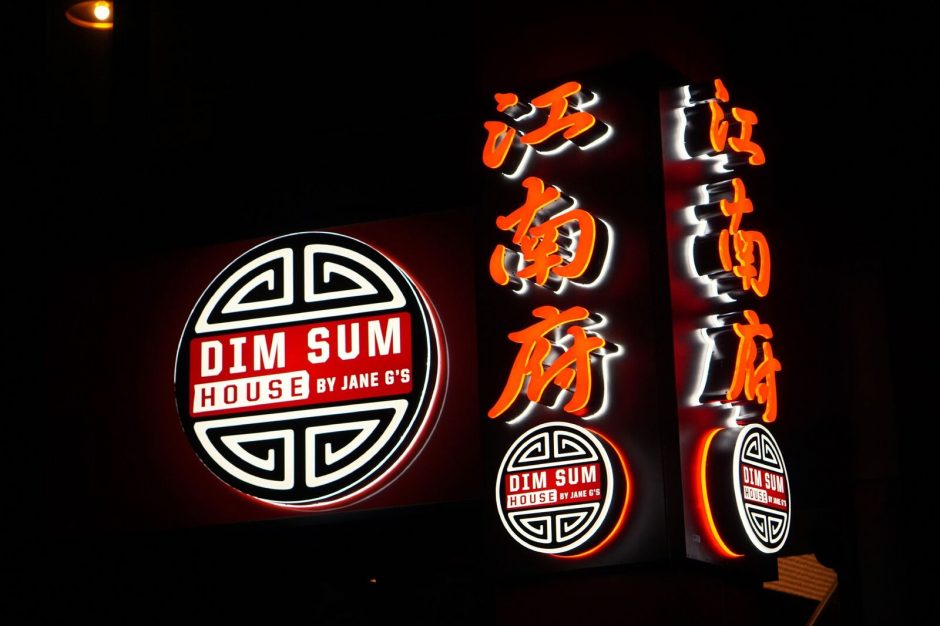
PA Eats: Could you introduce yourself?
Jackson Fu: My name is Jackson. I am the owner and general manager of Dim Sum House. I’ve been in the restaurant industry since I was very, very young.
Can you tell us a little bit about your vision for Dim Sum House?
I think our goal is really to … actually, let me backtrack a bit.
I’ve grown up in the restaurant industry. As a kid, my mom and dad started as a dishwasher and server, respectively. They were working in New York, and eventually they branched out on their own, and we wound up in good old Pottstown, Pennsylvania—very small, suburban town, population of like 25,000 or something. Literally the only Chinese family there, and we were the first Chinese restaurant there as well. Which kind of was a good thing, because we did well. Growing up, I helped when I could. English was more natural to me than to my mother and dad, so I was taking phone orders, things like that.
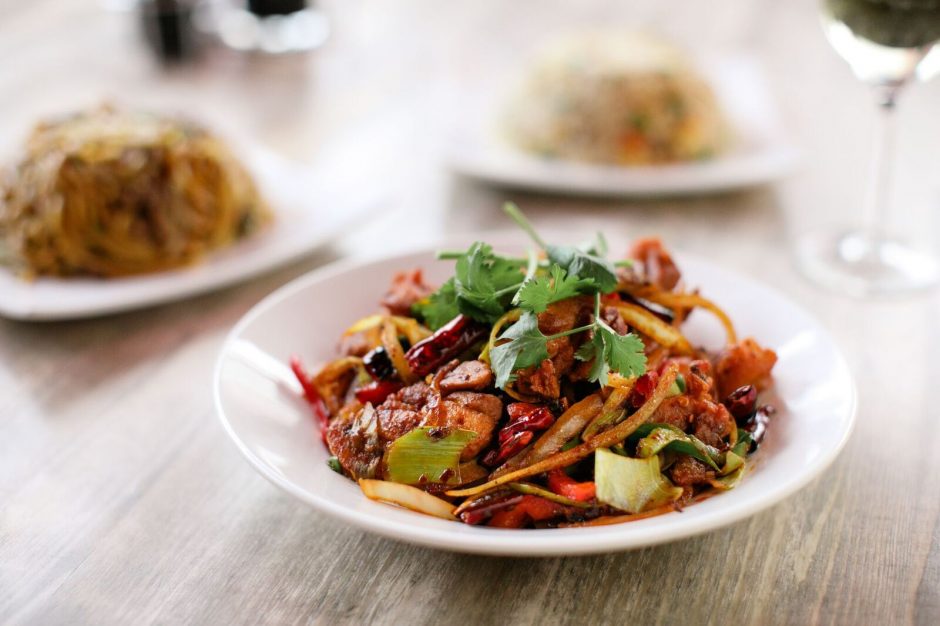
The Chinese tradition is that the offspring should always be taking care of the elderly. So because of that, you always envision that you’ll care for them, whatever it is. But they kind of pushed me away from the restaurant industry. Which worked out—I mean, I went to Drexel University, they sent me to private school for high school. But there was still an affinity toward the restaurant industry that I had. Call it a passion, or what have you. But I just felt like I liked that environment. The adrenaline rush, being able to have a hundred things on your plate at a time. That’s something I don’t think a lot of other industries offer.
So that’s the background. The goal for Dim Sum House, well, it starts with Jane G’s. When we first came back in to Philadelphia back in 2012, we went for—admittedly it was a mistake in the beginning—we went for a Pan-Asian style. Which at that point, you know, four years after the economy crashed, it wasn’t the best decision. And it wasn’t viewed by the critics as the best decision either. We quickly switched gears to back to our roots, which is Chinese cuisine. For Jane G’s, we went for authentic Szechuan, so that’s spicy, traditional … one of the main eight traditional Chinese cuisines. Because of that, we started doing really well.
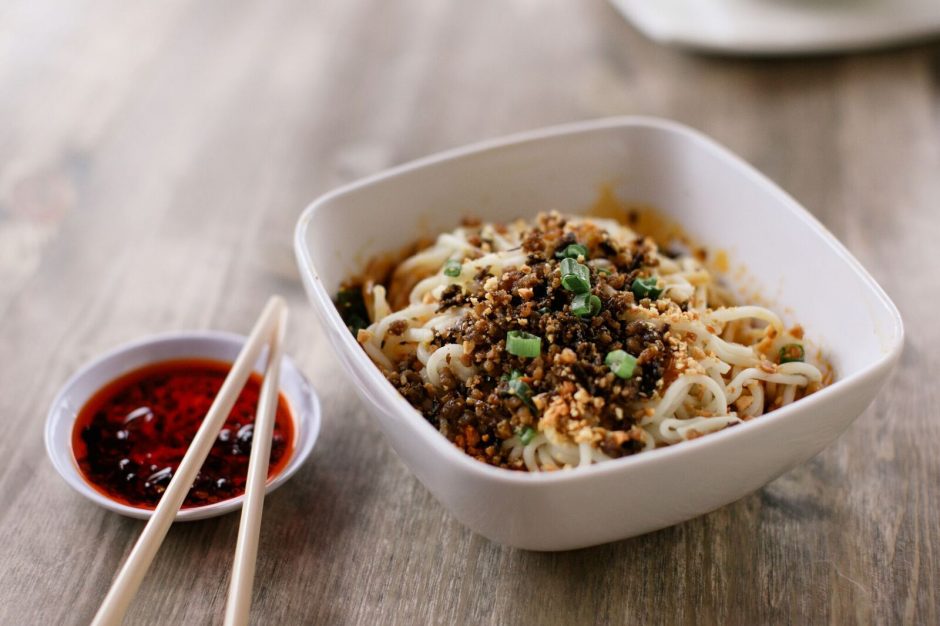
We started really catering to the Chinese community, which was interesting, because located in Rittenhouse Square we had no idea that they’d be going that far outside of Chinatown for something like spicy food. And we started to develop a niche for that—offering authentic Chinese cuisine in a nice, comfortable, clean, sleek and modern atmosphere. That’s something that going into this project we wanted to carry over.
We still wanted to tie it back to our roots. At this point, you’ll never find me opening another Pan-Asian restaurant ever again. I think it was a lesson well-learned. And now it’s like, we know Chinese food and we know how to do it well, so let’s push forward with that.
Can you do a short intro to dim sum for someone for whom it may be a mystery?
[Chuckles] Alright, I’ll try my best. Dim sum literally means “touch the heart” in Chinese. And it originated in Canton province. It was brought over because the Cantonese were some of the first immigrants to America. And that’s why in all of the Chinatowns—San Francisco, L.A.—it’s such a strong Cantonese restaurant presence. Even in Philadelphia and New York.
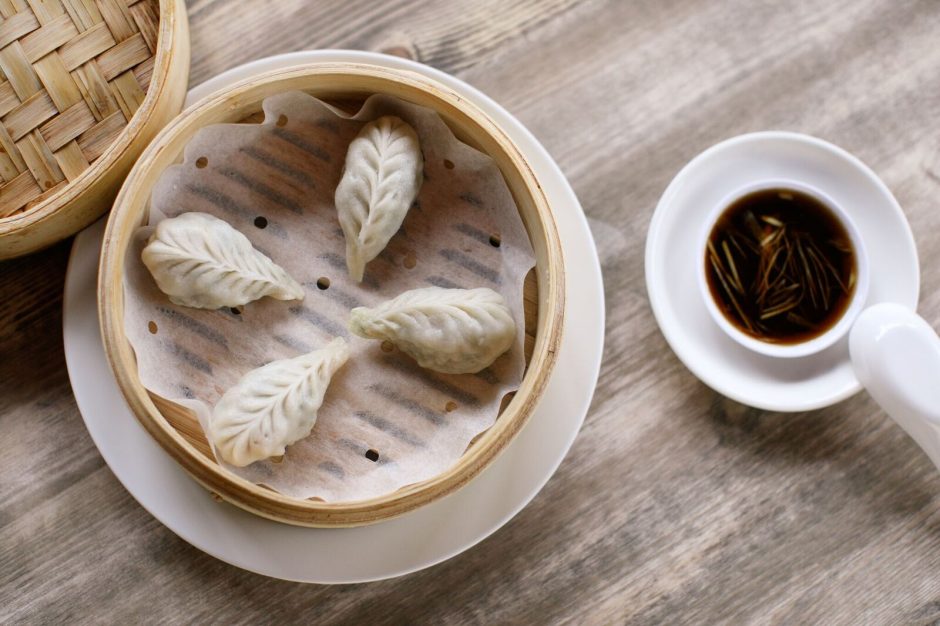
That being said, dim sum is meant to be shared. It’s a lot of small plates, comparable to Spanish tapas. It can range anywhere from sweet dishes, like sweet little pastries, egg tarts, sesame bao and egg custard buns, all the way to savory dishes. So it could be open-faced dumplings like siu mai. Pork siu mai, shrimp siu mai a lot of different things.
What we do is we tie in the factor of Shanghai dim sum. In Shanghai, it’s not really called dim sum, it’s just small plates. For them, it’s standard appetizers. But for us, we’re able to relay that and convey that in a concept that is easily understandable. Obviously, everyone is kind of used to Cantonese dim sum, which is the small plates and you have the carts that get pushed around, and people are like, “Oh I want this, I want that.” And we’re able to go with that. In Shanghai, that’s not really how they do it. But one of the most famous dim sum dishes, if you will, in all of China is, in fact, a Shanghai dish—which is the soup dumpling. And that’s something that we really want to do well here.
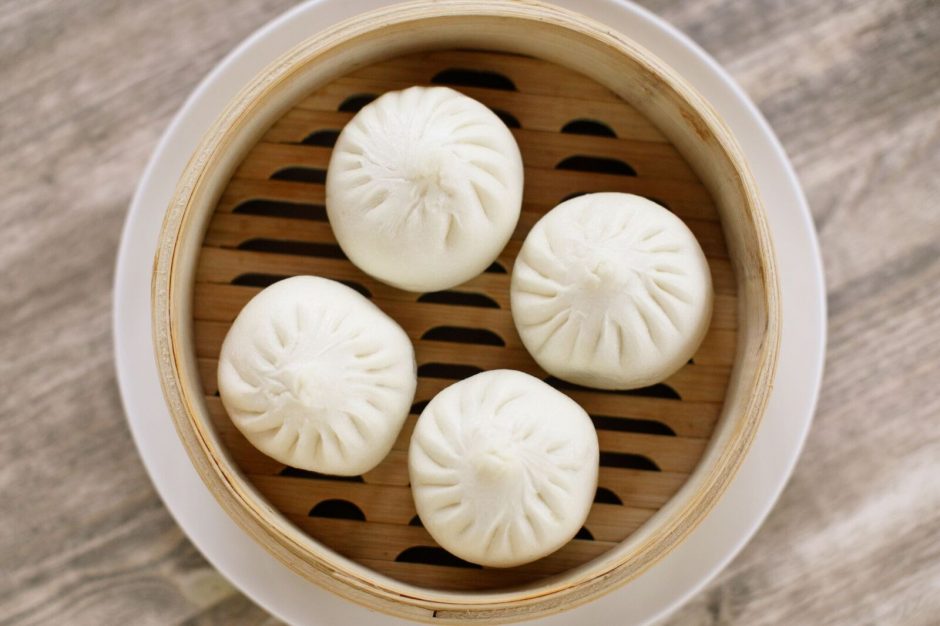
Our Shanghai chef is brought in from New York, but he’s originally from Shanghai and has worked in the culinary field there and carried that here. We believe he’s very well-versed when it comes to that.
Your family is involved with Dim Sum Garden as well?
Yes.
That’s pretty much the top soup dumplings around.
My wife, Sally, owns and runs Dim Sum Garden. I’ve known her since she was still at the original location …
The one under the overpass.
The one under the overpass. And that’s where I met her, actually. I was a fan then, I’m a fan now, and it definitely helps when I have both Sally and her mom’s expertise at the helm, tasting our food … being like, “Okay, this needs work here, this needs work there.”
So you’ve got a soup dumpling empire.
[Laughs] I wouldn’t say empire. It’s something where we’re very fortunate and definitely not taking it for granted. We love the Philadelphia community, I’m ingrained in it, they are as well, and it’s great to be able to have people who joyously indulge in soup dumplings. And that’s something we definitely don’t take for granted.
What inspired you to open a restaurant in University City, in particular—especially the far edges of University City?
Since Jane G’s, we’ve always liked University City. I actually went to Drexel University. I’m familiar with the area. And it was one of those areas—not even in the past five years, or so—it’s always been a pretty good destination when it came to food. But it was underrated. There was potential. And when we started coming here and looking for locations, more and more places started opening, like Shake Shack and Cozara. And now with the announcement of Hamilton Court, Bonchon and all this, U. City is definitely up-and-coming, but you don’t want to call it up-and-coming because it’s always been there.
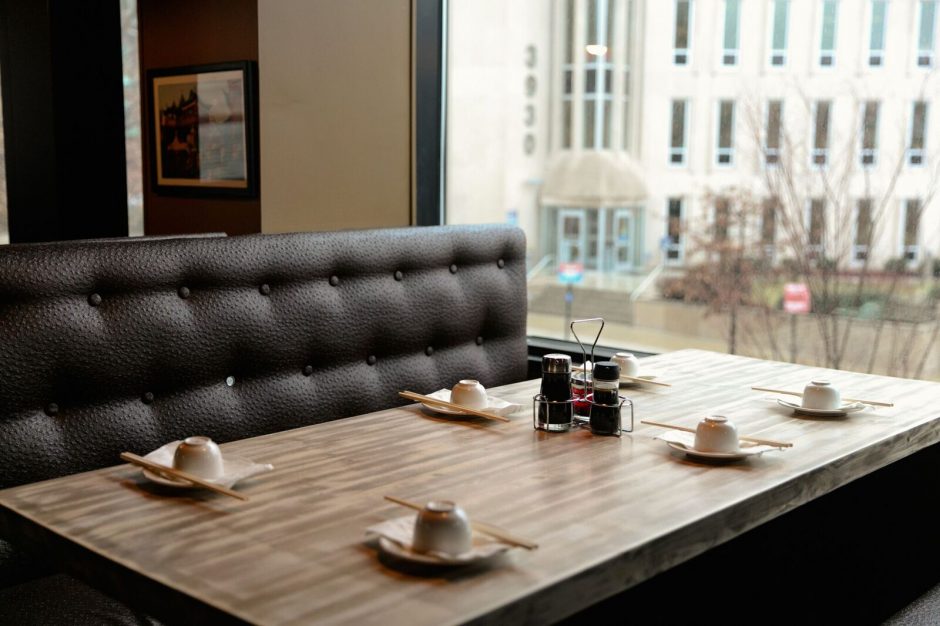
We were lucky enough to come across this location, which was very large: 6,000 square feet. And we were like, oh my gosh, this is incredible, let’s do it. But it was on the second floor, which is kind of an uphill battle when putting your business plan together. Like, oh yeah, we’re a restaurant but not on the ground floor.
In terms of getting all your supplies up here, that’s going to be challenging.
Exactly. But you know, that’s the thing—written into my business plan is the fact that second floor restaurants are actually really, really commonplace in countries in Asia. Across Korea, Japan, China, a lot of restaurants are built upon the upper floors. I don’t know why. It could be financial because the first floors are always so much more expensive. But it could also be the fact that now that we’ve opened and have had guests come in and be seated … we have these elevated windows wrapping around the restaurant, and they love peering out. There’s a nice quietness to it, where you still see the street but you don’t have to hear all of the street traffic. It’s almost calming. And it’s great, because people who have sat at our booth tables love it. They’re like, “Oh my gosh.” And the other day, it was snowing, so there were flurries and they were sitting there …
That sounds so lovely.
It was nice, it was nice.
One last thing: what’s your favorite dish on the menu? If you can pick one. We know it’s like picking your favorite child …
I’m a big guy. I love to eat. And I feel like outside of just being a hobby, it’s my job. I’d say right now, I really like the spicy soup dumplings from our Shanghai chef. And that’s kind of an ode to our Szechuan roots over at Jane G’s. We do so much spicy stuff, we have to do some spicy dim sum. When we sat down with Chef Chen, he said, “Well, we could try a spicy soup dumpling.” And I replied, “That’s terrific. How can we do it?” And so we created a sauce that uses some of the chili peppers that we have at Jane G’s, reduced down, and he is able to mix that into the filling. And it creates this really nice, spicy broth. Definitely, spicy soup dumplings are my favorite.
Find Dim Sum House at 3939 Chestnut St. in Philadelphia; phone (215) 921-5377.
- Photos: Kory Aversa
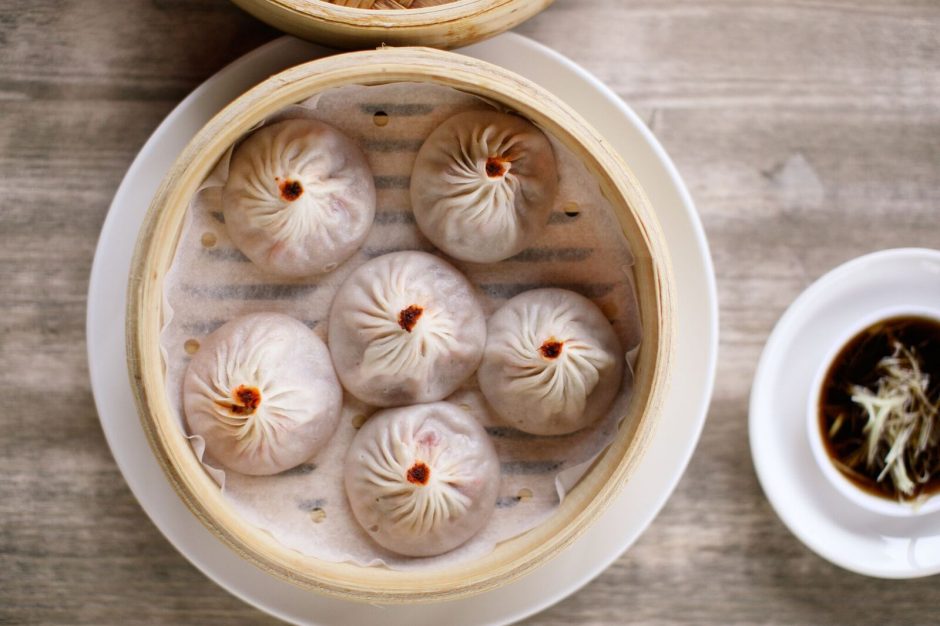
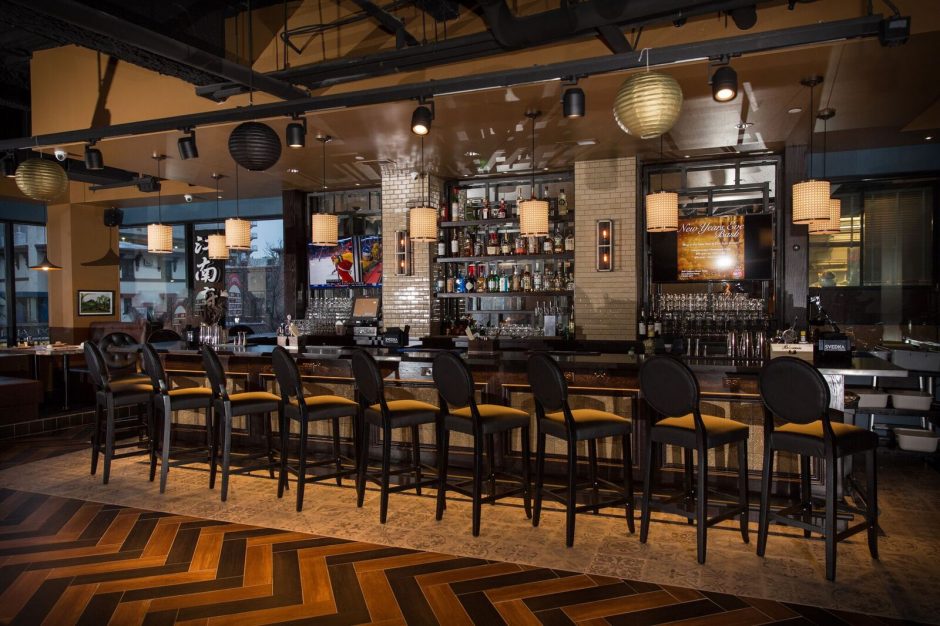
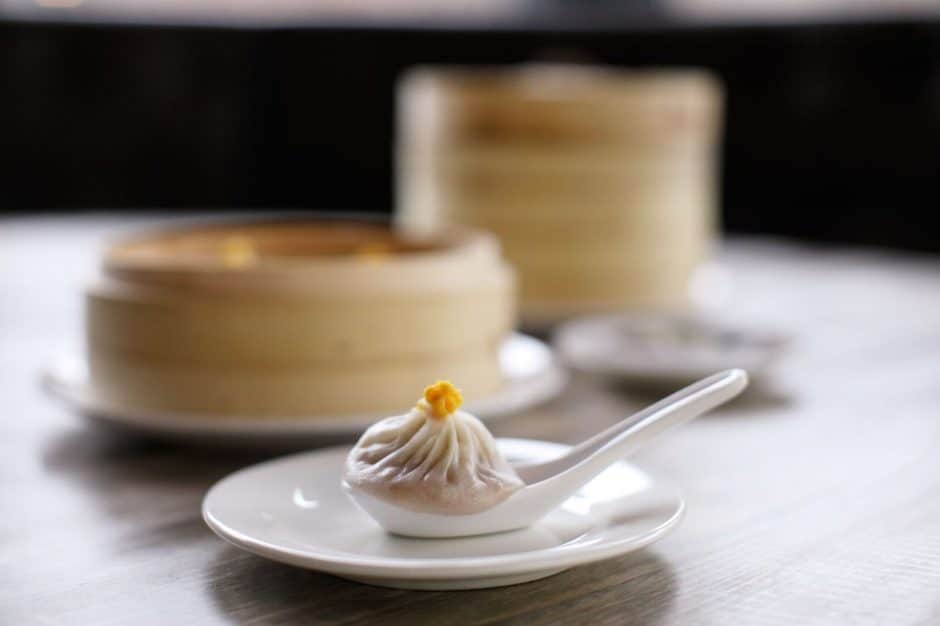
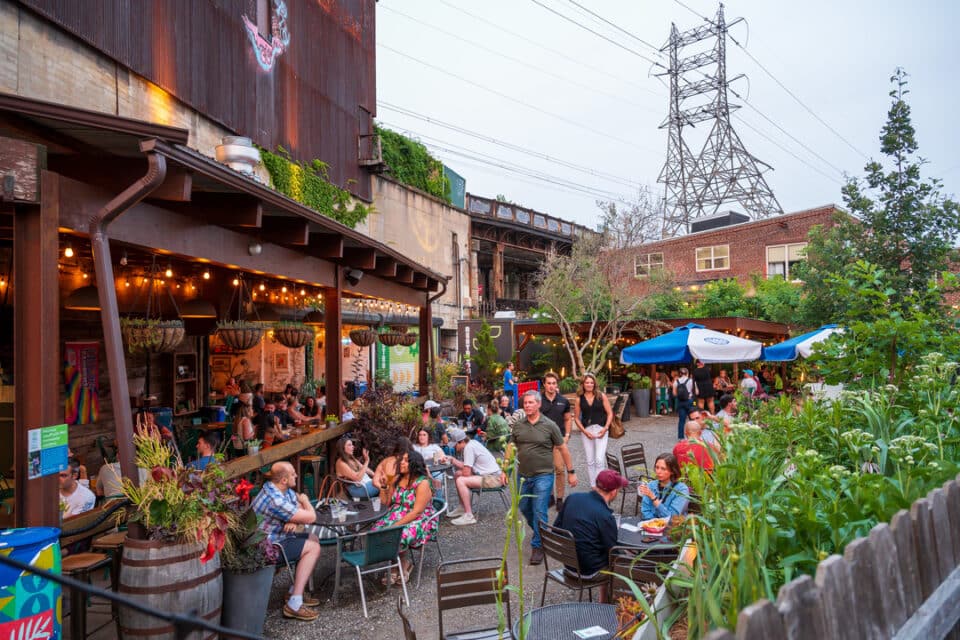

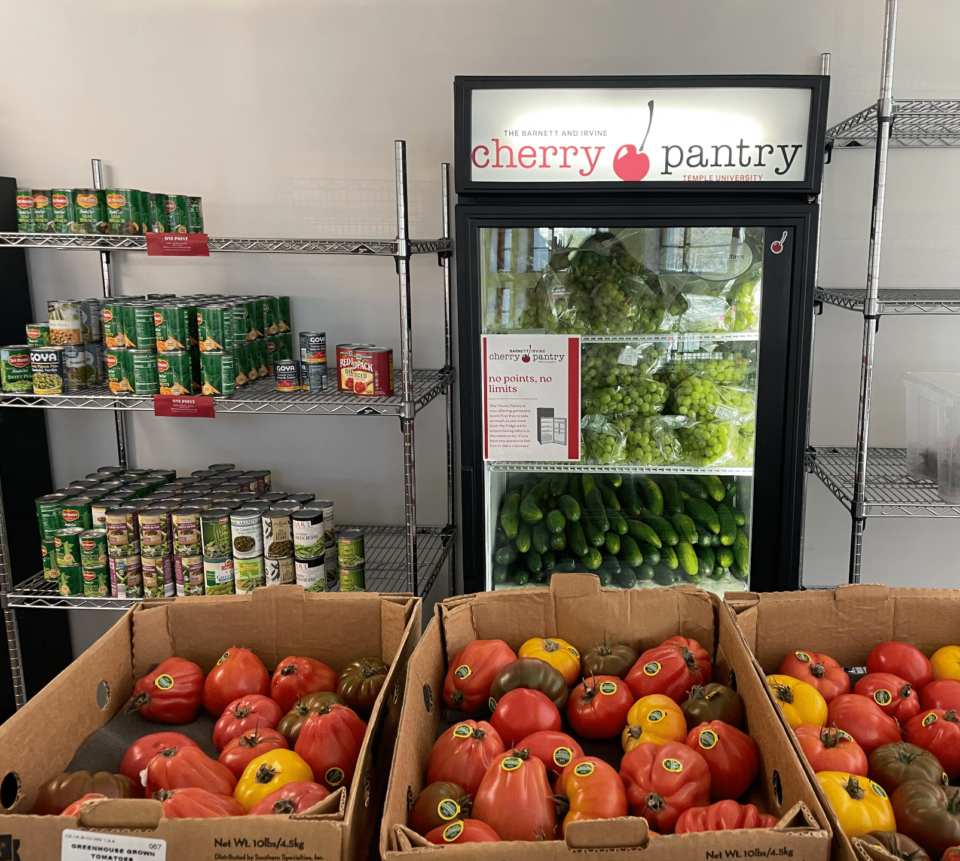
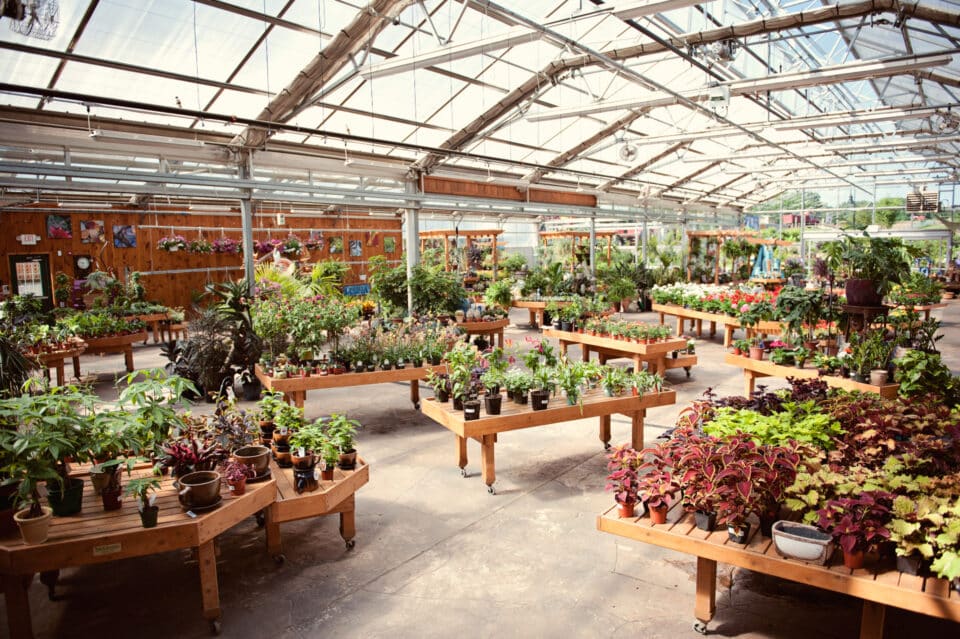
One Comment